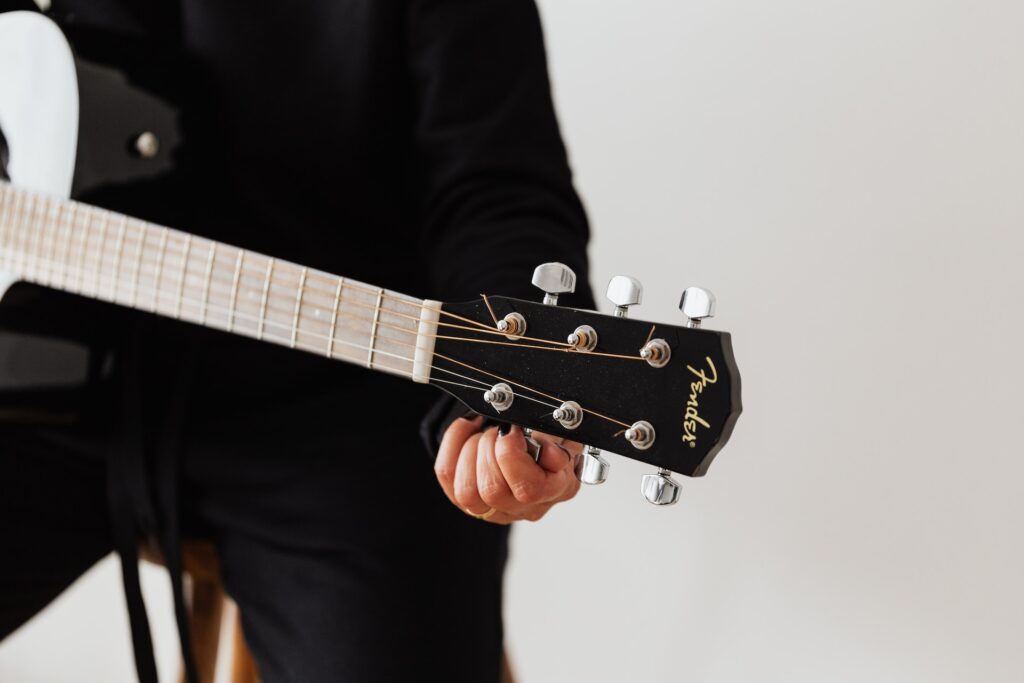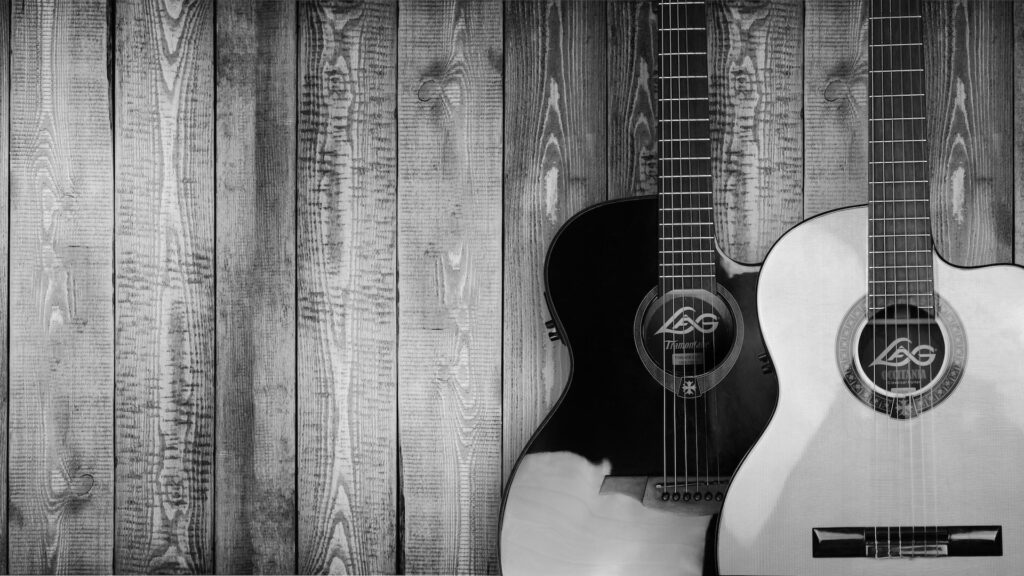Learning to play guitar is art itself since it allows individuals to express themselves creatively but it can be a challenging yet rewarding experience, and for many aspiring guitarists, understanding and utilizing guitar tablature can greatly improve their playing. Guitar tablature, or “tab” for short, is a form of musical notation that is widely used in the guitar community. In this article, we will explore the benefits of learning guitar tablature and how it can help you improve your guitar playing skills.

Easy to read and understand
One of the main benefits of guitar tablature is its ease of use. Unlike traditional sheet music, which requires knowledge of music theory and notation, guitar tablature uses simple numbers and symbols to represent the frets and strings on the guitar. This makes it easy for beginners to quickly learn and understand how to play songs on the guitar.
Access to a wide range of music
Another advantage of guitar tablature is the sheer amount of music available. Tablature is widely used across a variety of genres, from rock and metal to folk and blues. With so many tabs available online and in guitar books, you can learn to play your favorite songs with ease.
Improves your ear training
Reading guitar tablature can also improve your ear training, or the ability to recognize and reproduce musical notes and phrases. By reading tablature, you can train your ear to recognize different guitar techniques, such as hammer-ons, pull-offs, and bends. This can help you develop a more nuanced and expressive playing style.
Enables you to learn at your own pace
Guitar tablature also enables you to learn at your own pace. Unlike sheet music, which requires you to play at a specific tempo, tablature allows you to play at your own speed. This is particularly useful for beginners who may need to spend more time on certain sections of a song before moving on.
Learning guitar tabs can be an exciting way to explore new songs and entertain yourself while honing your guitar skills. With guitar tabs, you can easily follow along and play your favorite tunes, providing endless hours of entertainment.
Helps you to understand guitar techniques
In addition to helping you learn songs, guitar tablature can also help you understand different guitar techniques. By studying tablature, you can learn how to play specific guitar riffs, licks, and solos, as well as understand how they are constructed. This can help you develop your own playing style and improve your overall guitar technique.
Learning guitar tablature is an essential skill for any aspiring guitarist. It is easy to read and understand, provides access to a wide range of music, improves your ear training, enables you to learn at your own pace, and helps you to understand different guitar techniques. By incorporating guitar tablature into your practice routine, you can take your playing to the next level and become a more proficient guitarist.
Learning to play the guitar is a transformative journey that opens up a world of musical possibilities. Renowned music schools like Berklee College of Music and the New England Conservatory have become sanctuaries for aspiring guitarists, offering exceptional educational programs, renowned faculty, and an inspiring environment for growth. These renowned music schools offer a transformative experience that enables guitarists to unlock their full musical potential. By providing world-class faculty, diverse learning opportunities, performance platforms, and a focus on entrepreneurial skills, these institutions continue to shape the next generation of talented guitarists who will leave an indelible mark on the music industry.



